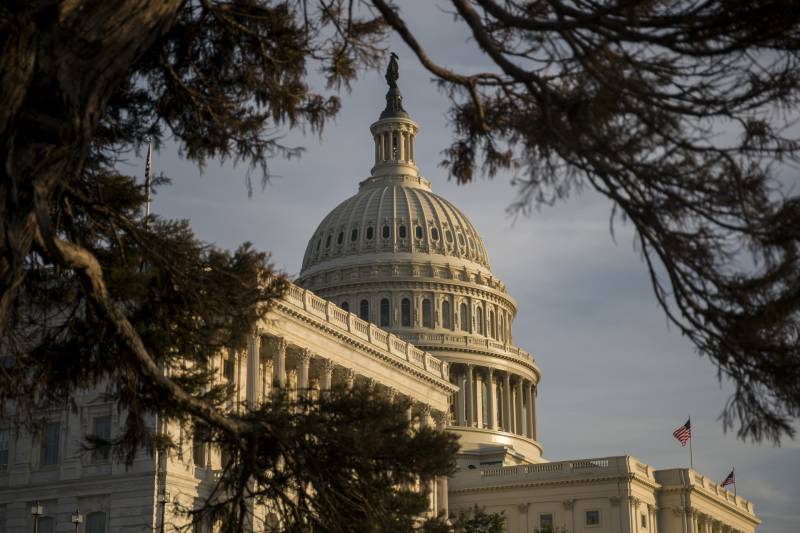In a memo released by the state’s finance department shortly after the Census figures were announced, officials pointed to both natural and political developments as reasons why California’s overall population growth rate didn’t keep pace with the national rate over the last 10 years.
Both California and the nation’s fertility rates fell over the last decade, but California’s fell at about twice the national rate, officials said.
“This faster-than-national decline in fertility yielded 350,000 fewer children in California over this 10-year period,” the memo stated.
The memo also pointed to the impact of Trump administration immigration policies on California’s net migration numbers.
“Domestic flows out to other states were more than offset by international migrants,” the memo stated. “However, federal immigration policy decisions in the last half of the decade, accompanied and perhaps exacerbated by an officially pronounced federal view of immigration overall, slowed California’s migration-related growth.”
Specifically, state finance officials called out Trump administration reductions in H-1B visas and asylum applications, noting that asylum applications fell “from approximately 100,000 in 2016 to approximately 30,000 in 2019,” and saying California is historically home to 30% of the total national asylum population.
‘It Will Be a Blip’
Just because California’s growth has slowed doesn’t mean the state is in decline.
“California tends to go through boom and bust cycles,” said Beth Jarosz, a senior research associate at the Population Reference Bureau.
The growth in recent years has been historically low. Since the last census, California’s population grew 6.1%, which ranked 24th nationally.
Bob Shrum, director of University of Southern California’s Dornsife Center for the Political Future, said he expects the overall impact of the loss of a congressional seat to be marginal, even on federal funding. That’s because California will still have far more seats than any other state.
“It will be a blip,” Shrum said. “It will be talked about by Republicans and (Gov.) Greg Abbott in Texas, but it won’t make any fundamental difference to the fortunes and future of the state.”
Now that the number of congressional seats is known, states can embark on the decennial process of redrawing congressional maps, known as redistricting. That process won’t start until late summer or fall because of a delay in releasing neighborhood-level population data.
California is among several states that use a commission to draw state legislative and congressional districts. Voters in 2008 created an independent Citizens Redistricting Commission that took the power to draw the lines away from the state Legislature. The group has already begun a months-long process of seeking community feedback and taking other input.
It has not yet decided if it will try to tweak the maps or start from scratch, said Sara Sadhwani, a member of the commission and assistant professor of politics at Pomona College.
That means, for now, it’s too soon to know how the lines will change and which incumbent politicians could lose their seats or find themselves fighting with colleagues to stay in Congress.
Paul Mitchell, a redistricting consultant who owns Sacramento-based Redistricting Partners, said while losing a House seat isn’t great, California actually worked hard to limit its losses.
“The state spent $200 million on working with community-based organizations, and doing phone banking and texting, and, when it was appropriate, doing actual in-person outreach in communities to try to bolster the completion of census forms,” Mitchell said.
“We grew more than other states that actually gained congressional districts. Our 2 million population growth is just not the same 7.5% national rate of growth. And that’s why we’re losing a congressional district. But we’re still growing.”
This story includes reporting from The Associated Press’s Kathleen Ronayne and KQED’s Katie Orr and David Marks.

